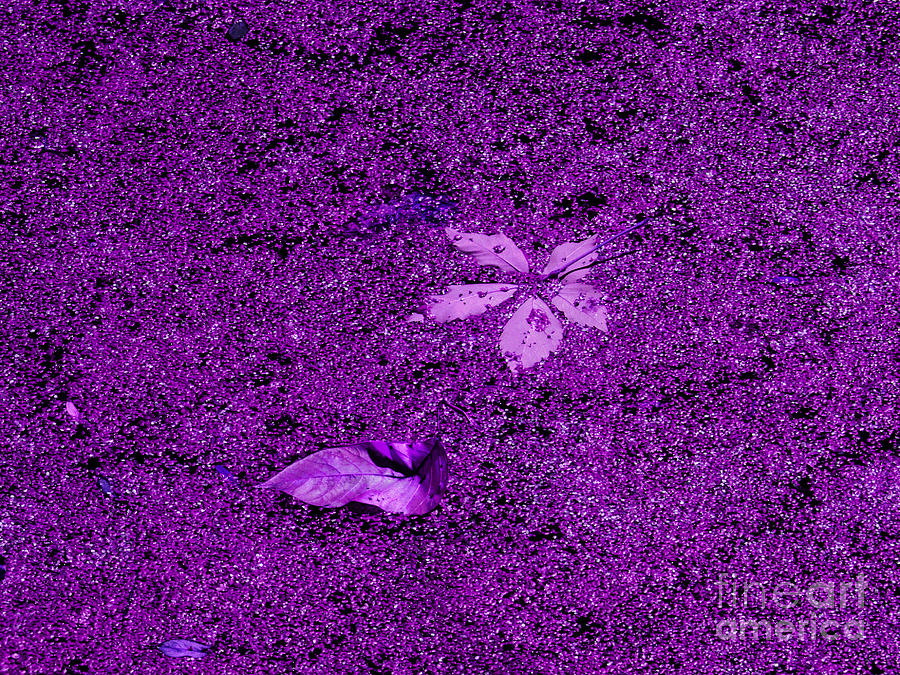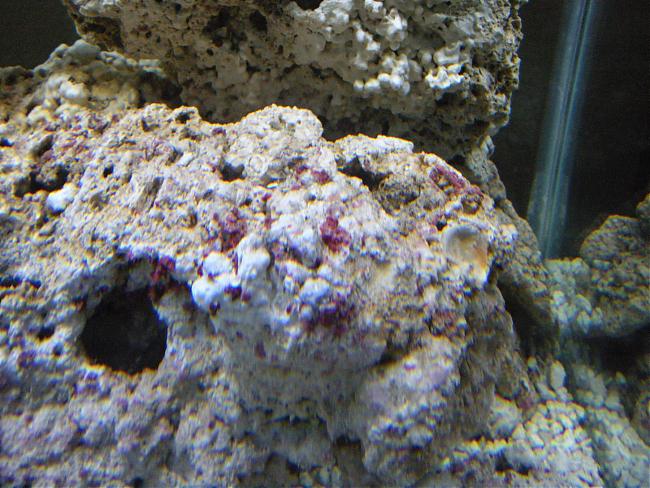Freshwater Purple Algae
Are you struggling with unsightly purple algae in your freshwater tank? Don't worry, you're not alone. Freshwater purple algae can be a pesky and persistent problem for many aquarium enthusiasts. In this article, we'll explore the causes and solutions for this frustrating issue.
The Pain Points of Freshwater Purple Algae
Dealing with freshwater purple algae can be a major pain for aquarium hobbyists. It can quickly overtake your tank if left unchecked, covering everything from the substrate to decorations and even the walls of the tank. It's not just unsightly, but it can also negatively impact the health of your fish and plants.
What is Freshwater Purple Algae?
Freshwater purple algae, also known as Rhodophyta, is a type of algae that tends to thrive in aquariums with high levels of light and nutrients. It can appear as a purple or reddish-brown film on surfaces, and can be difficult to remove once established.
Main Points to Consider When Dealing with Freshwater Purple Algae
The key to preventing and treating freshwater purple algae is to maintain a balanced and healthy aquarium environment. This can include reducing light exposure, monitoring nutrient levels, and adding algae-eating fish or snails to the tank. It's also important to regularly clean the tank and its contents to prevent buildup of organic materials.
How to Deal with Freshwater Purple Algae
To effectively deal with freshwater purple algae, it's important to identify the underlying causes and take appropriate action.
One potential solution is to reduce the amount of light that reaches the tank. This can involve moving the tank to a location with less direct sunlight or reducing the amount of time your aquarium lights are on each day. You may also want to consider adding floating plants or other types of shading to help block excess light.
Using Algae-Eating Fish and Snails
Another effective solution is to add algae-eating fish or snails to your tank. These creatures can help keep your aquarium clean by consuming algae and other organic materials. Some popular choices include Siamese algae eaters, plecos, and Amano shrimp. Just be sure not to overstock your tank, as this can lead to other problems.
Regular Tank Maintenance
Regular tank maintenance is also an important part of preventing and treating freshwater purple algae. This can include cleaning the tank and its contents on a regular basis, monitoring nutrient levels, and avoiding overfeeding your fish. By keeping your aquarium clean and well-maintained, you can help prevent the buildup of organic materials that can contribute to algae growth.
Frequently Asked Questions
Q: Can freshwater purple algae be harmful to fish?
A: While freshwater purple algae isn't harmful to fish in small amounts, a large infestation of algae can negatively impact the health of your fish by reducing oxygen levels in the water and blocking their access to food.
Q: Will adding more plants to my tank help prevent freshwater purple algae?
A: Yes, adding live plants to your tank can help prevent freshwater purple algae by competing for nutrients and reducing available light.
Q: Do I need to completely empty and clean my tank to get rid of freshwater purple algae?
A: No, it's not necessary to completely empty and clean your tank to get rid of freshwater purple algae. Instead, you can use a combination of the solutions mentioned above, such as reducing light exposure and adding algae-eating fish or snails, to effectively treat the issue.
Q: How can I tell if I have freshwater purple algae or a different type of algae?
A: Freshwater purple algae typically appears as a purple or reddish-brown film on surfaces in your tank. If you're not sure what type of algae you're dealing with, you can consult with a local aquarium expert or bring a sample of the algae to a local pet store for identification.
Conclusion
In conclusion, freshwater purple algae can be a frustrating and persistent problem for many aquarium hobbyists. By maintaining a balanced and healthy aquarium environment, reducing light exposure, and adding algae-eating fish or snails, you can effectively prevent and treat this issue. Remember to regularly clean your tank and its contents to prevent the buildup of organic materials, and don't hesitate to consult with a local expert if you're unsure how to deal with freshwater purple algae in your tank.
Gallery
Purple Algae Photograph By Phil Welsher | Fine Art America

Photo Credit by: bing.com / algae purple phil photograph tags 30th uploaded june which
Purple Coralline Algae Growth | Saltwaterfish.com Forums For Fish Lovers!

Photo Credit by: bing.com / coralline algae growth purple saltwaterfish forums
What Is This Purple Algae? | REEF2REEF Saltwater And Reef Aquarium Forum
Photo Credit by: bing.com / algae saltwater reef2reef reef
Purple Algae?? | Tropical Fish Keeping
Photo Credit by: bing.com / algae
Coraline Algae Purple Color Varies Means Anything ? - Reef Central
Photo Credit by: bing.com / algae coraline purple color anything varies means
